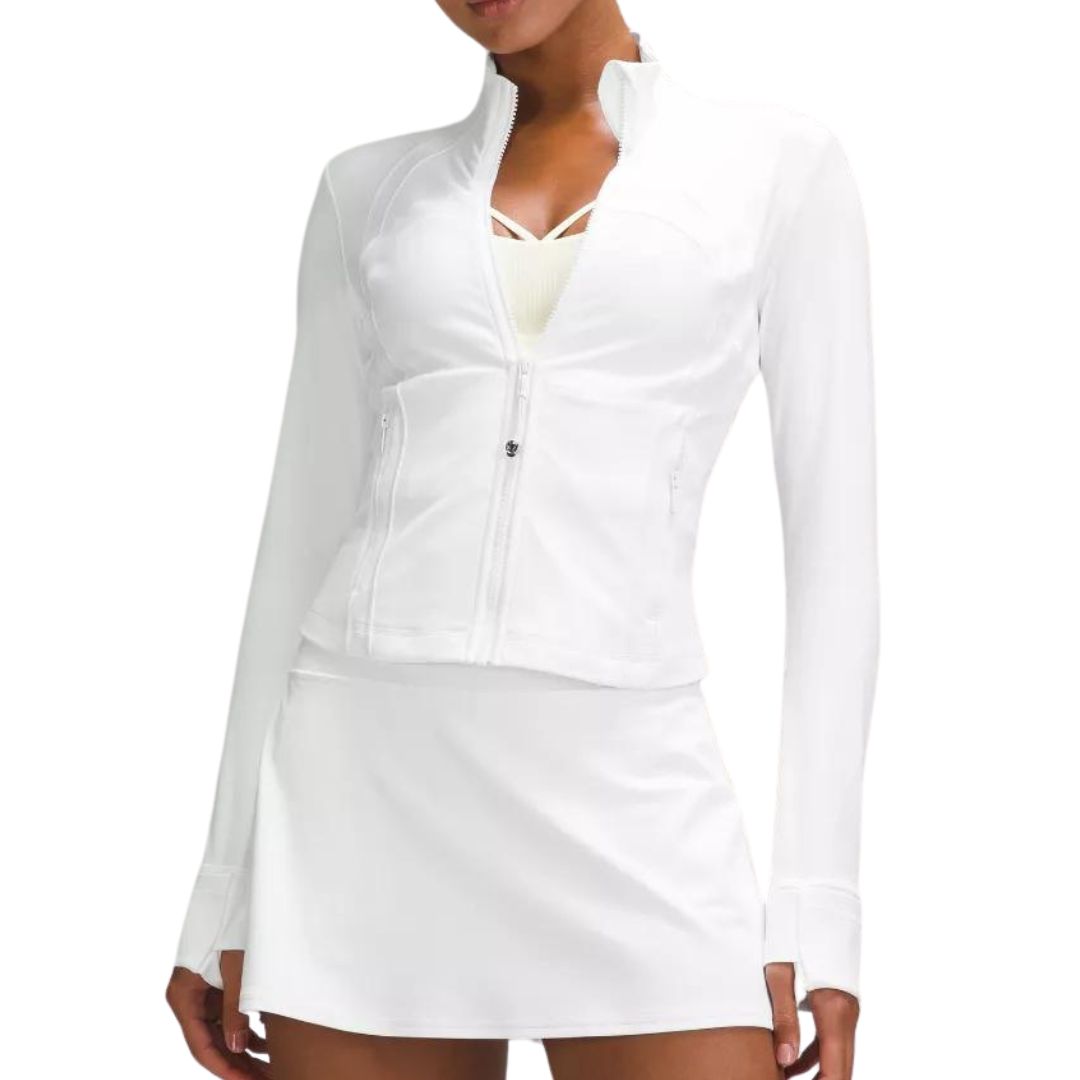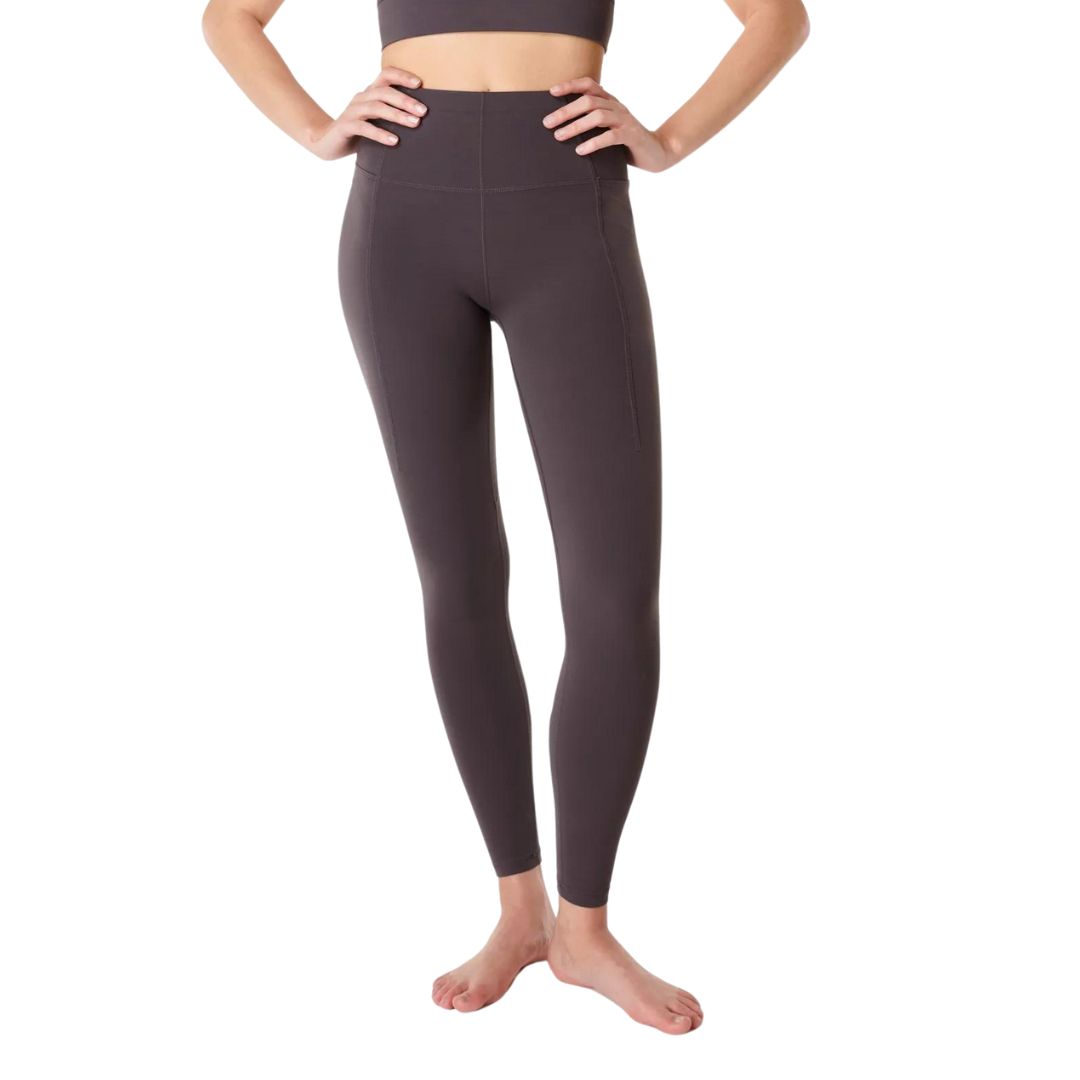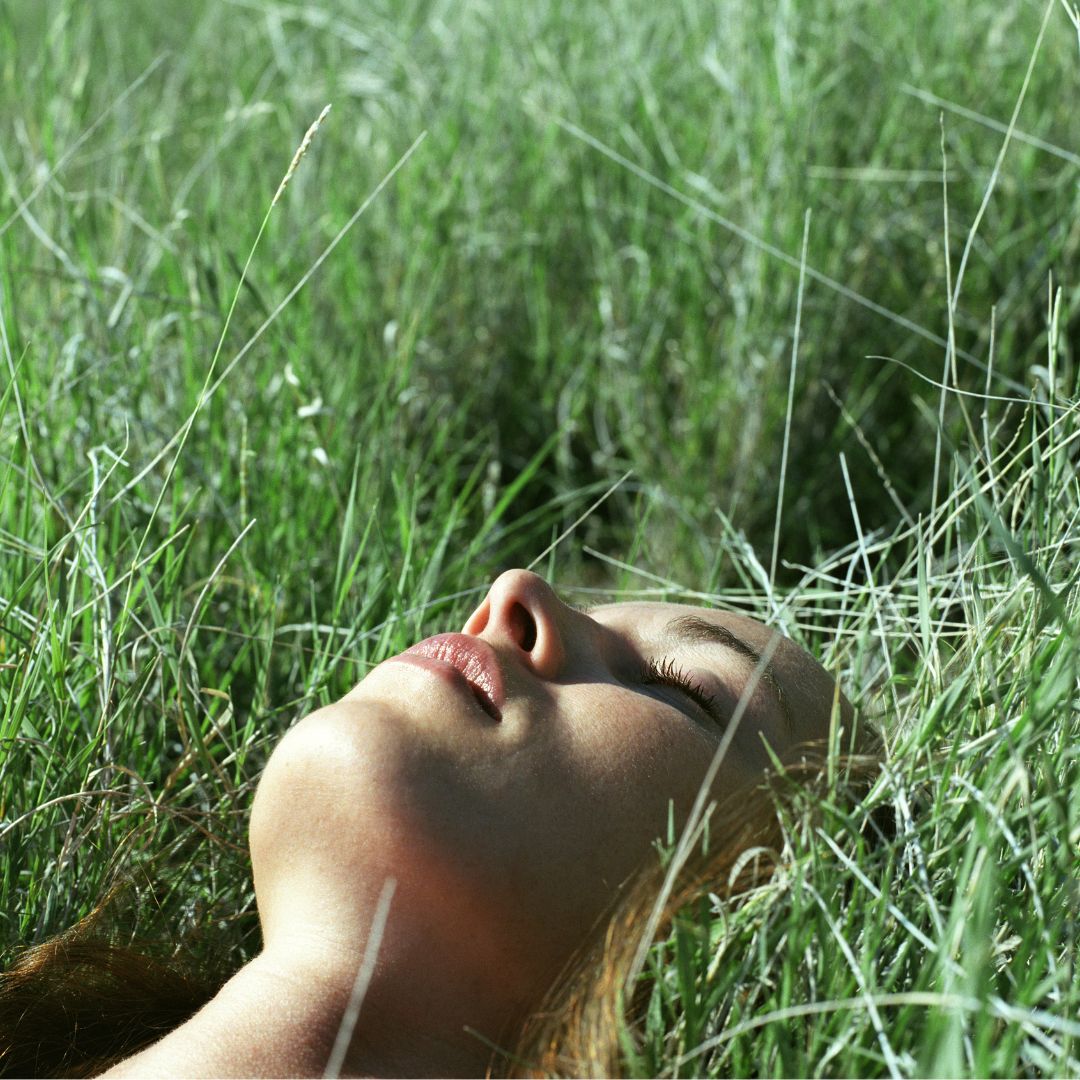I tried grounding therapy for two weeks - and it worked wonders for my stress and productivity levels
Going barefoot is supposedly the next big thing in wellness.


Remember that scene towards the end of Pretty Woman where Richard Gere abandons a million-dollar business deal, kicks off his shoes and randomly starts walking barefoot in the park to let off some steam? I had a similar experience recently.
Like the uptight business tycoon, I had hit an inbox-related burnout and was craving a form of stress relief that didn’t involve staring at more screens. So when I heard that an outdoor practice called "grounding" was trending on TikTok, naturally, my curiosity was piqued.
Loved by A-listers like Gwyneth Paltrow, grounding is a type of therapeutic technique that involves bringing your body in direct contact with the earth, either by going barefoot in the grass (a la Mr. Gere) or laying down on it entirely. It might sound a bit woo-woo, but proponents of the trend claim that recalibrating ourselves to the earth’s natural energy field has a laundry list of human health benefits. Most promisingly, it’s said to be a major stress-buster.
You probably don’t need me to remind you that stress is everywhere right now. Stats say that almost three-quarters of us (74%) have felt so stressed over the past year that we’ve felt overwhelmed. And if you’re anything like me, your mind is constantly racing with unfinished tasks, micro-anxieties, and fun random flop moments from your past.
So, keen to tune out some of that unwanted noise, I set myself a two-week challenge. Instead of starting the day with my usual social media scroll, I tried daily grounding in my garden to see if it could help. Keep reading to hear how I got on. And while you’re here, do check out our guides to transcendental meditation, nervous system regulation, and the subtle signs of stress, plus not to mention explainers on how to manage stress, and an expert's go-to relaxation techniques.
I tried the grounding, the TikTok trending wellness technique - and have some thoughts
What is grounding?
Nope, it’s not the name of a new TikTok eyeshadow trend. Grounding is actually a type of mindfulness technique that uses the sensation of touching the earth to bring your mind back to the present moment. It can involve anything from walking barefoot outside to using indoor grounding gadgets while sleeping or sitting.
It’s become a trendy wellness buzzword in recent years, but grounding is a concept that’s been around for centuries, in one form or another. Many indigenous and ancient cultures talked about the importance of connecting with Mother Nature, but it got a new lease of life when Clint Ober, a former US TV executive, coined the term ‘earthing’ in the late ’90s.
Marie Claire Newsletter
Celebrity news, beauty, fashion advice, and fascinating features, delivered straight to your inbox!
Some earthers, like Ober, reckon that grounding has benefits that go beyond just regular mindfulness. Because the Earth carries a natural electrical charge from its interaction with the atmosphere and solar radiation, there’s a theory that connecting our bodies directly to it can bring on big health benefits. But because we often wear shoes with thick soles, we miss out on these healing powers.
While grounding is first and foremost an outdoor practice, there’s been a recent swathe of smart gadgets to help time-poor people reap the supposed benefits directly from their desks. These include electric grounding mats - soft pads that claim to realign your energy when you plug them in and put your feet on them.
@daisyevia ♬ Margaret - Lana Del Rey
What are the benefits of trying grounding therapy?
We’re glad you asked. One of the most obvious is that being outside is amazing for our mental health. A recent study published in the journal Frontiers in Psychology found that spending just 20 minutes connecting with nature can help lower stress hormone levels.
But beyond just getting your green fix, walking on grass has specific extra benefits for our mind and body. Basically, grounding is a type of somatic practice, a fancy term for techniques that involve paying close attention to the sensations of your body, which can help you to feel calm and relaxed.
“There are thousands of nerve endings under the soles of our feet that constantly send feedback messages to our brain,” explains Jennifer Mann, co-author of The Secret Language of the Body. “When we’re doing a grounding practice like walking barefoot outside, there’s a heightened sensory experience going on: different parts of the ground might feel squishy, or warm, or dewy."
So, when we’re stressed, Mann says this sensory experience can "pull our brain out of its negative thought loop and bring it back to the present," focusing on the new and natural sensations instead.
Backing this theory up, one small study on rats found that grounding could improve anxiety-like behaviour. When coupled with a walking meditation, Rosie Acosta, mindfulness teacher at Headspace, reckons that it can be a powerful tool for beating corporate burnout: “Being in nature brings us a sense of balance and tranquillity. And when paired it's with meditation, which cultivates present-moment awareness, it’s a powerful remedy for the pressures of modern life."
As we’ve already mentioned, the wider earthing movement is built around the idea that the earth has a neutralising effect on our bodies. It’s said that regular grounding can reduce pain and inflammation, improve mood and lower our risk of cardiovascular disease. It’s worth taking some of these claims with a pinch of salt though, as the science of grounding is based on very small studies and often relies on questionable data, like self-reported evidence from study participants.
We’re not knocking grounding altogether, but we do think there needs to be more in-depth research into this area before we can know for definite that it does anything beneficial for our physical health, beyond reducing stress.
@connealymd We love grounding 🤝🏼☀️
♬ original sound - connealymd
After trying grounding therapy for two weeks - my thoughts
Week one
As a wellness writer, I'm naturally curious about trends. But I’m also on a near-constant deadline, so I decide to dedicate just ten minutes to grounding therapy each morning. On Mann’s advice, I pad out into the garden and onto the dewy grass, stepping one foot at a time and “imagining roots coming down from the soles of my feet.”
Luckily for me, it’s been an unusually hot two weeks in the UK, so getting out into the morning sun feels amazing. The grass feels wet, is varied in texture, and tickles the pads of my feet as I circle the perimeter of the garden. Annoyingly, I spend the first session thinking about how I’ll describe the grass in my article. Not exactly a mindfulness success story.
But with each morning I return to the same spot, barefoot and wiping sleep out of my eyes, I’m better able to switch off the overactive part of my brain and just relax into the moment. On the days when it’s raining, I’m less thrilled about sinking my feet into muddy soil. But like cold water therapy, the sensation is kinda refreshing.
Although I slot it into my morning routine, Mann says that a better approach is to utilise grounding techniques in moments of stress, indecision or conflict. “The key thing about grounding is that it helps our nervous system come into a state of safety. So when we’re particularly stressed and our body is on high alert, it can be an amazing tool for moving out of that survival ‘fight or flight’ mode and into a calmer rest and digest state,” she says.
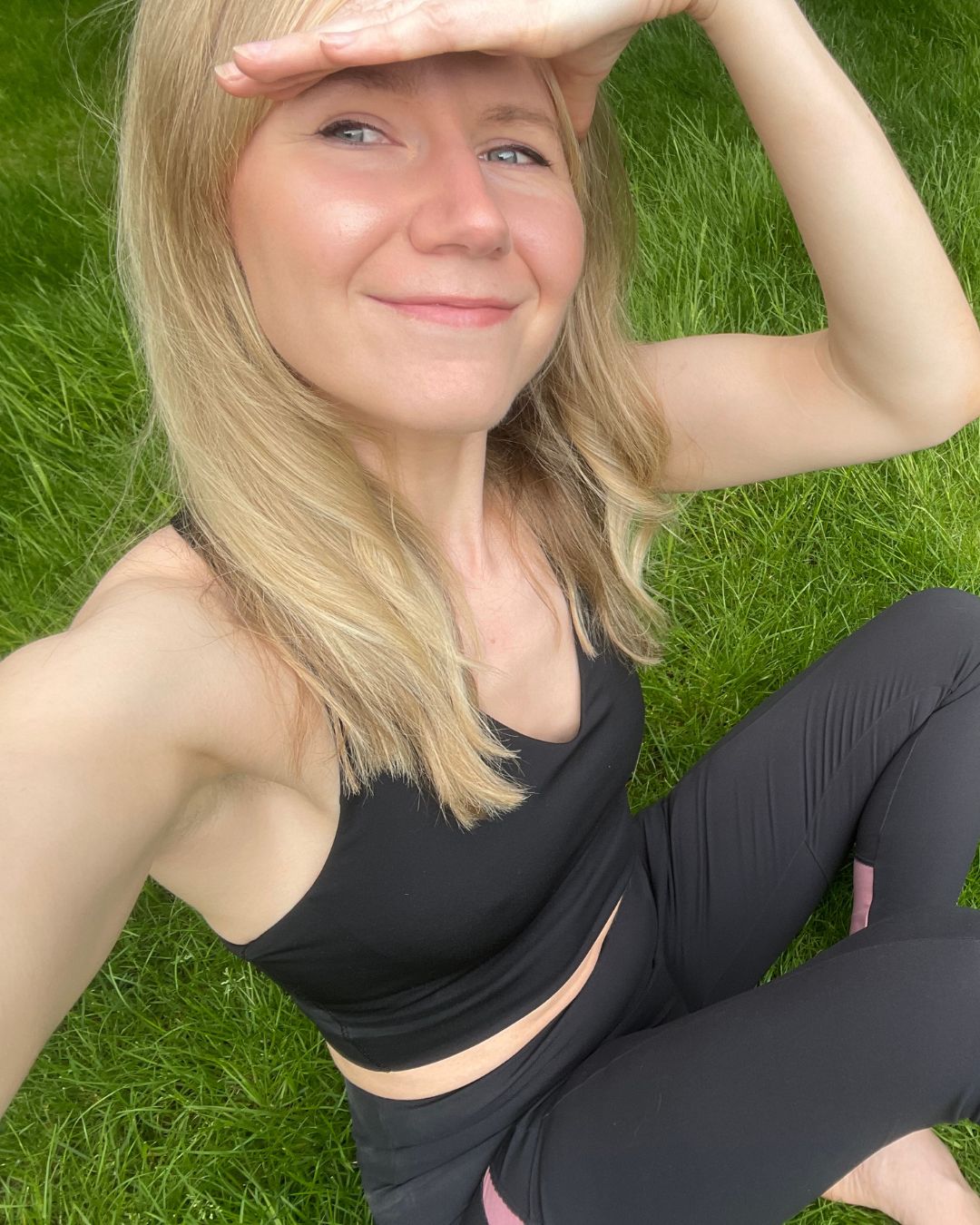
Liz trying the new grounding technique on week one
Week two
Overall, I loved it. What I really enjoyed about my grounding experiment is that it forced me to get outside in the morning. As a freelance writer, it’s not unusual for me to roll straight from bed to my laptop when I’ve got a deadline to meet.
Ironically though, my stress is largely tech-related: attempting to stay on top of permanently overflowing inbox, firefighting pinging WhatsApp group chats, and hitting daily word counts.
Swapping those first ten minutes of the day from harried, chaotic typing to planting my feet in the grass meant I could put the day’s stresses into some kind of healthy perspective. When I later opened my laptop, I was way more focused, as I wasn’t running on adrenaline.
Handily, Mann assures you don’t need to live near the countryside or have a big garden to reap the benefits of regular grounding. “Taking your lunch break in the park, having tactile plants in your home that you can smell and touch, or just buying yourself fresh flowers at the weekend are all ways we can ground ourselves in nature.”
Trading your ultra-cushioned running trainers for a pair of minimalist barefoot shoes, like Vivobarefoot Primus Knit Lite, can also increase the sensory experience of pounding the pavements in urban environments like cities and towns.
It goes without saying that finding the time for these wellness practices is, naturally, quite tough. But if you usually spend your morning scrolling with a coffee in bed, why not leave your phone on charge and take your cuppa outside when it's sunny?
Slotting in these micro-moments of mindfulness is not only more practical for most people’s schedules, but smaller habits are also a ton easier for our brains to adopt and stick with in the long run, meaning we’re more likely to reap the health benefits.
Shop MC UK approved fit kit now:
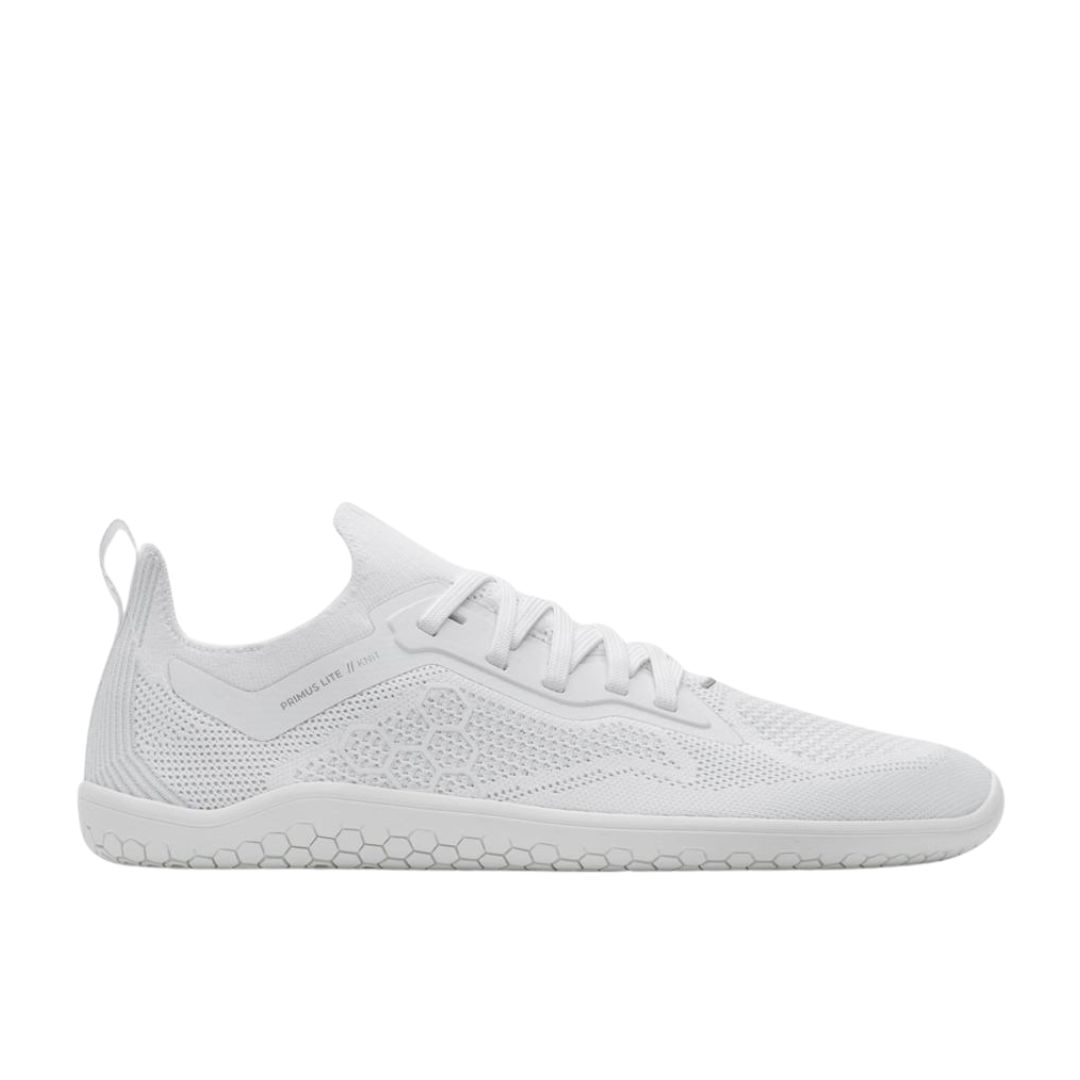
This lightweight sneaker has a stripped-back sole so you can get closer to the ground, and is made from sustainable materials, too.

Liz started her journalism career reporting on fashion at ELLE, GQ and Fashion Beans before finding a love for all things fitness and travel.
Keen to report on her favourite topics, she moved over to the lifestyle desk at The Evening Standard before taking the reins as health and wellbeing editor at news and features agency PA Media. She has also been a senior commissioning editor for the publisher Penguin Random House, finding future bestsellers in the self-development field.
Liz’s features have taken her from fashion front rows to the furthest reaches of the planet, via several hundred sweaty basement gyms in London. Her favourite aspect of her job is getting to write about new trends, whether it’s an under-the-radar travel destination or a TikTok-inspired workout method.
Since going freelance, Liz has written for titles including The Independent, National Geographic Traveller, Stylist, Prospect, Yahoo, and MSN. When she's not writing on her laptop, you'll probably find her at a gig, eating at a new restaurant, or listening to Taylor Swift.
-
 Here's a rundown of The White Lotus cast members who have dated in real life
Here's a rundown of The White Lotus cast members who have dated in real lifeBy Jenny Proudfoot
-
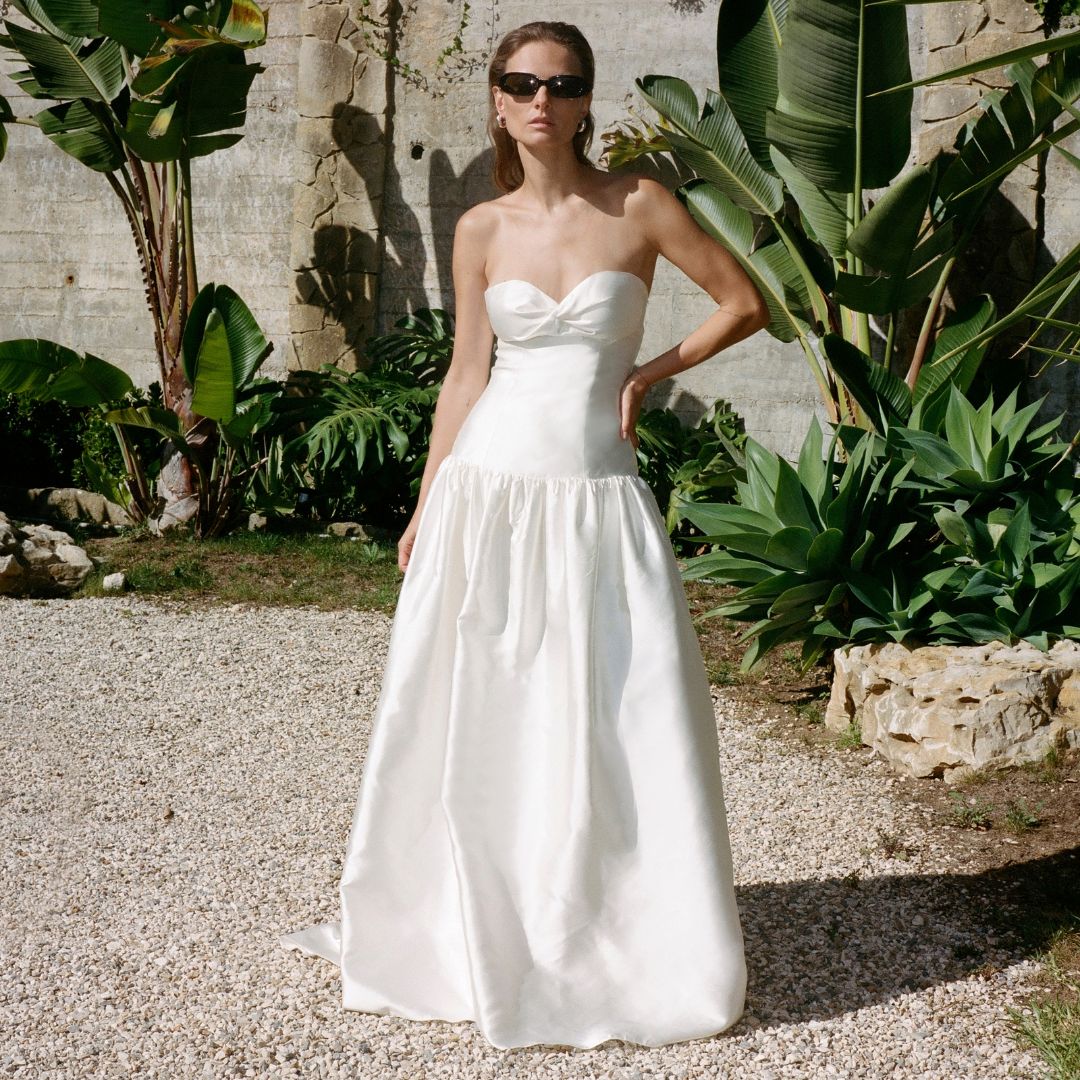 All the coolest brides are wearing drop-waist wedding dresses this year
All the coolest brides are wearing drop-waist wedding dresses this yearWedding Special Minimalist, nostalgic, and universally flattering
By Clementina Jackson
-
 Anya Hindmarch has just launched a fantastical diving shop in central London
Anya Hindmarch has just launched a fantastical diving shop in central LondonFor those who would rather be beside the seaside...
By Sofia Piza
